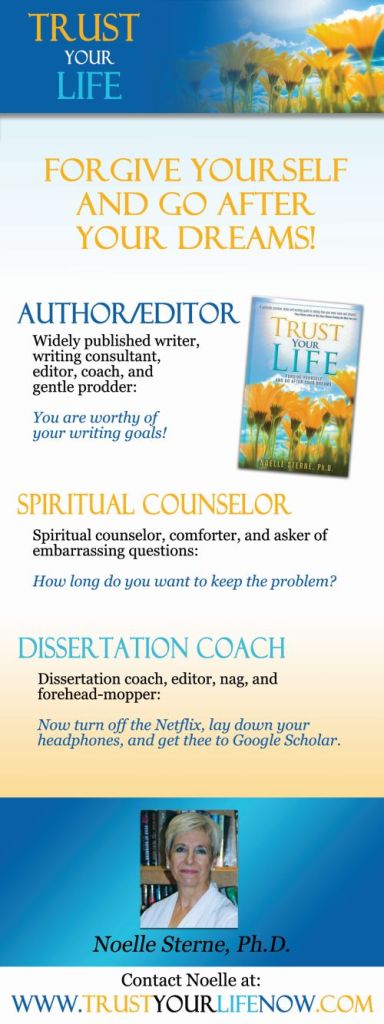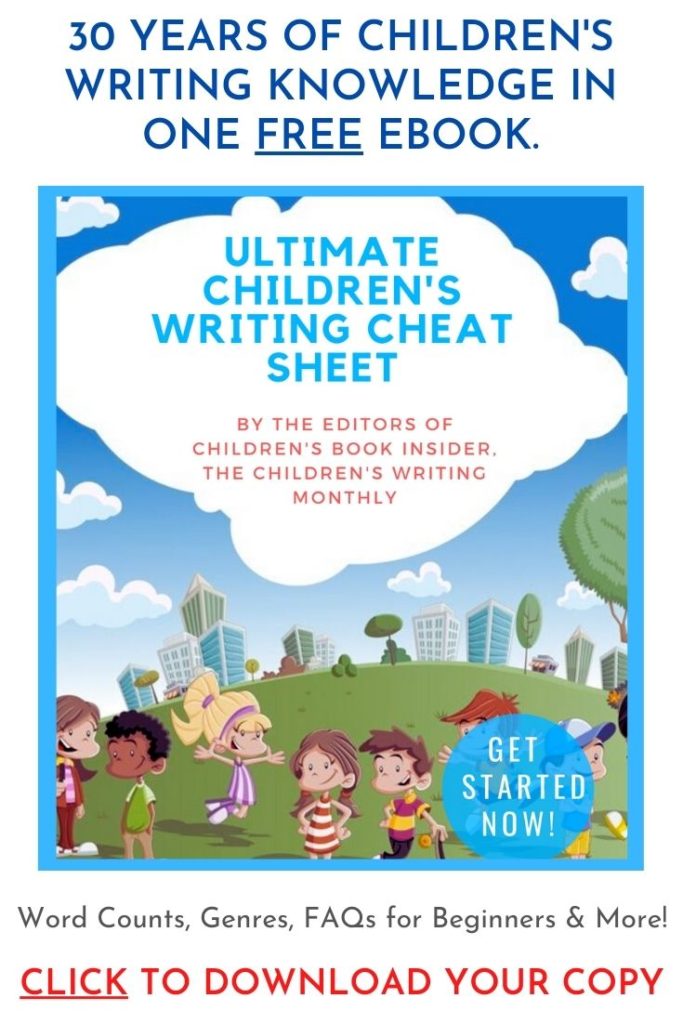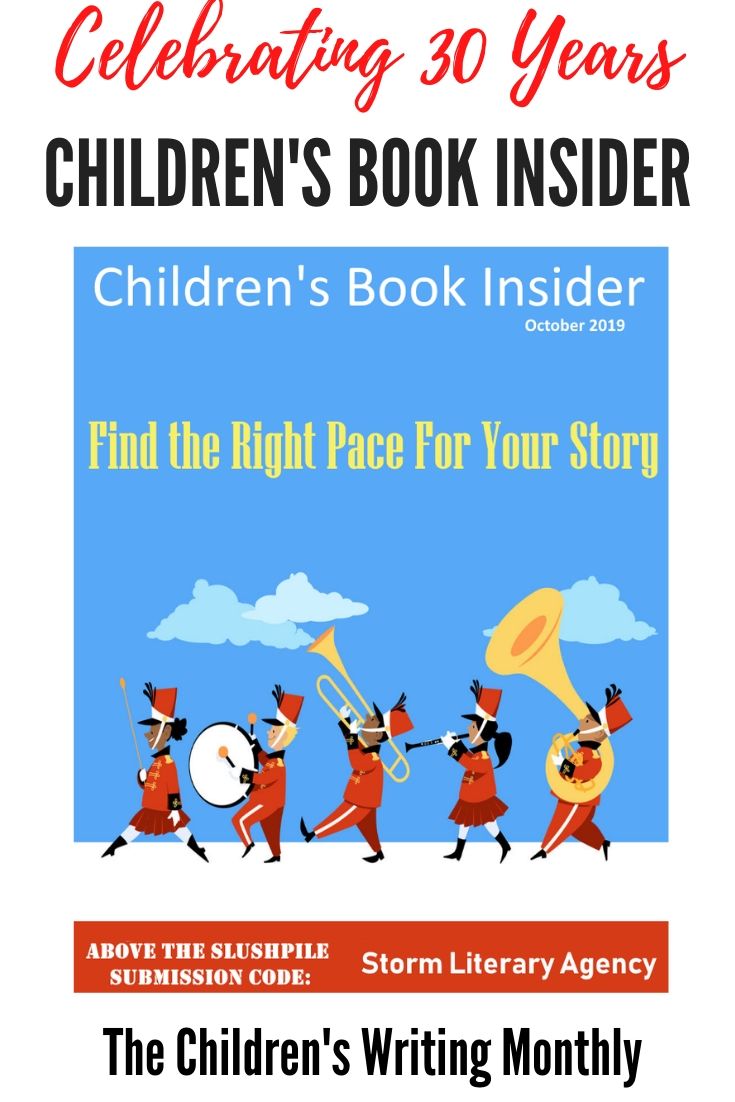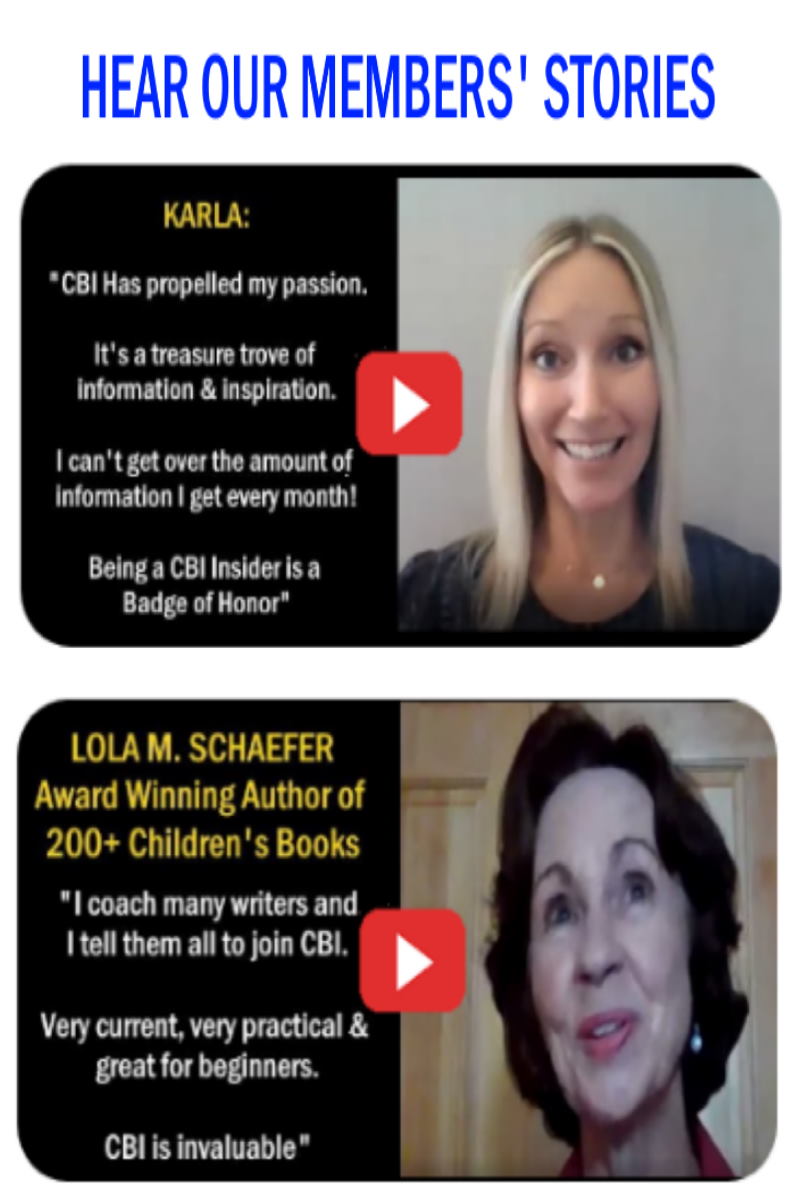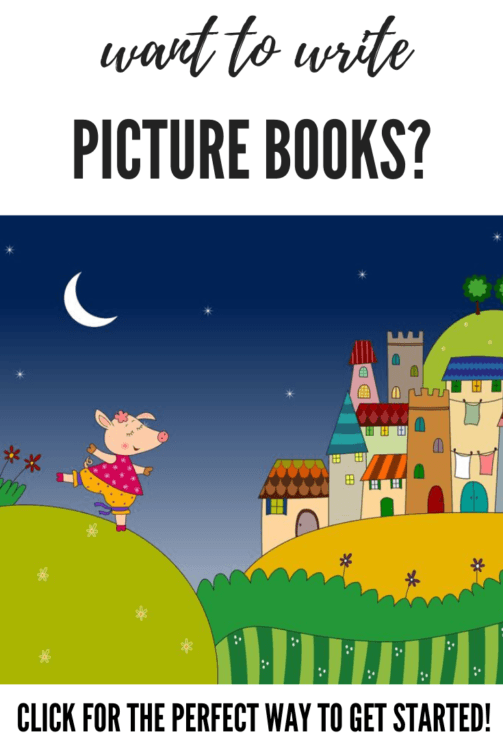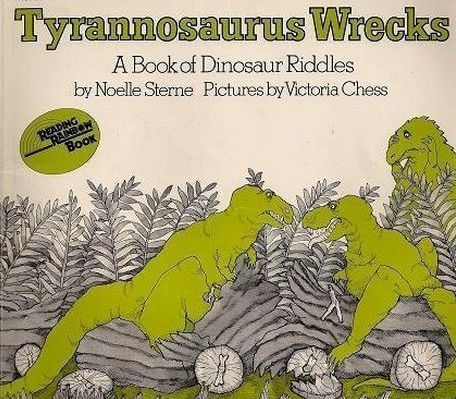
by Noelle Sterne
I was as surprised as anyone at how I came to write and publish a children’s book. It all began . . . .
One afternoon, in my manuscript typing and editing service, as I visited with a client, she opened her briefcase to take out her manuscript. Under it, I spotted the edge of a colorful calendar. “Cute,” I said. She pulled it out and handed it to me.
I should have been showing intense interest in her work but instead (unprofessionally, for sure) I started flipping through the calendar. Each month was illustrated with borders of fanciful jungle fronds and punctuated by riddles about dinosaurs. The riddles were corny, terrible, and groany. I laughed out loud.
“Like it?” my client asked. “My friend Callie, who’s a writer, compiled the riddles and an artist friend of ours did the drawings. Here, take it.” She handed me the calendar.
The Obsession Begins
That night, instead of studying my client’s manuscript or wallowing in my favorite TV primetime night soap, I couldn’t tear myself away from the calendar. I kept giggling over the delightful riddles, and my mind started playing with dinosaurs in different situations. I grabbed a pen and paper and started scribbling.
Childhood: What did the mother dinosaur say when she saw her child’s room?
“What a mess-ozoic!”
School: What do you call a dinosaur who’s smart in school?
A brain-tosaurus.
Play: Why did the dinosaur like to play with his friend?
Because he was tons of fun.
Politics: How did the dinosaur senator always get his bills passed?
By throwing his weight around.
Prehistoric puppy love: How do two dinosaurs in love walk down the street?
Armor in armor.
Unpardonable, I knew. But no worse than the riddles in the calendar.
Personal Connection
The next day, after hardly any sleep, I called my generous client on the pretext of a question about her work. Casually I mentioned how I’d enjoyed the riddle calendar and, to my shock, discovered I could write original dinosaur riddles.
“Great!” she said. “Here’s Callie’s number. Call her.”
Bowled over, the next week I summoned a gigantic amount of courage and called. A very successful children’s book writer, Callie was not only approachable but friendly and easy. “Write up a bunch” of riddles, 15 or 20,” she said, “and call me again.” Bowled over more, I thanked her copiously and hung up, unable to stop smiling.
I immediately started new riddles and typed them up in my most professional manner. When I called again, Callie invited me for coffee and gave me her address.
Nervous, I carefully placed my file of riddles in my tote and took the bus across town to her building. What if she thought the riddles were stupid, that I was stupid? I found the apartment and, breathing heavily, rang the bell.
Callie greeted me at the door, wearing a flannel shirt and jeans, and asked whether I’d like espresso or latté. With matching mugs of foaming milky brew, we sat on her living room sofa. I praised her riddle calendar, and she thanked me and pointed to a shelf nearby of her many children’s books. More intimidated, I exclaimed with admiration.
Then she asked about me. I stammered out a few sentences praising our mutual friend who had given me her number, a little about my editing business, and my fiction and essay writing aspirations, all the while thinking about the paltry pages of riddles in my file.
“Okay,” she said. “Let’s see ‘em.”
I reached into my tote and handed her the file. Silence. She picked up a pen ion the coffee table, read intently, and made some notations. I sweated.
At last she said, “Well, you have a lot of good possibilities.”
I smiled wanly.
“Now,” she spread the pages out on the coffee table,” look here,” she pointed to a punch line, “you need to be more specific and get a nice juicy noun.” Flipping the pages, she pointed again. “And here and here, give us active verbs.”
I nodded, transfixed by her serious critique, and knew I could do what she suggested.
Then she wrote on a notepad. “Contact these two children’s book editors. Tell them I sentcha.” She handed me the note and I looked at it. They were at major publishing houses!
She laughed, probably noticing my shock. “Children’s editors aren’t like the ogres we think adult book editors are. Children’s are a different breed—they’re human. Don’t be scared.”
The rest of the visit is blurred, but I do remember that we hugged as I left. I floated home, dreaming of fabulous publishing success. The next day at dawn I attacked the riddles she’d critiqued, revised them, and retyped.
Into the Fray
Three days later, buoyed by my visit with Callie and feeling less cowed, I phoned the first editor. To my shock, she asked me to come in the following week. On the appointed day, she showed me into her office, and I sat uncomfortably on the edge of a chair on the other side of her desk.
She was very pleasant and unpretentious, thanked me for coming, and quickly told me the publisher had an “in-house riddle maker.” Only his work would be published. Cordially, she rose and extended her hand. “The very very best with your riddles,” she said. I thanked her and left. At least, for about seven minutes, she had seen me.
A week after this, telling myself I couldn’t reasonably expect acceptance right off the bat, I phoned the second editor. She too was affable and asked me to come and see her. Grateful and happy, I traveled downtown to her office, and a secretary showed me the way. Her room was adorned with shelves and shelves of children’s books. She opened my file and glanced at it, declined warmly, and also wished me the best. An even shorter visit than the first.
My Next Moves
I was disappointed but not devastated. I realized my good fortune in having been invited to see the editors personally because of Callie’s magic name. My manuscript hadn’t been sucked into the vortex of the slush pile. As she told me when I reported back to her, visits with editors are way beyond the norm for authors aspiring to be published; face-to-face invitations are reserved for after-contract haggling over the text.
So, minding Callie’s advice and spurred by her encouragement, I continued to create and revise more riddles.
Next I practiced what I’d learned from the writing magazines–wrote and polished a query letter, included sample riddles, and did the marketing homework. Then I sent the letter and sample to several other children’s book editors.
But my mailbox remained empty. I stopped hoping and almost forgot about the riddles. The only writing I did, between typing and editing for clients, consisted of a few moody free-verse poems.
Gift from the Slush Pile
One afternoon, having returned home from some errands, I checked the voicemail as usual. A woman’s high voice hesitantly asked for me by name. “Oh, oh,” I thought, “another needy/whiny new client with a deadline for tonight.” Then I heard the rest of the message. “I’m Fern from Harper and Row. I have your manuscript of riddles and would like to talk to you. Please call me.”
I screamed for twenty minutes and ran around my apartment laughing so hysterically a neighbor came by to inquire if I was all right. Simmering down a little, I called Fern. She invited me to lunch.
A few days later I appeared at the Harper building, bowled over again, this time by the high glass-and-steel importance, and found my way to her office.
Fern, a sweet-looking woman with medium brown hair and a sensible suit, shook my hand warmly and led the way to a nearby restaurant. I have no idea what I ordered or ate—or if I ate anything, especially when she announced she’d be sending me a contract for the riddles. I was flying.
The Road to Lotsa Riddles
Fern brought me back to earth by saying she wanted to get started right away. We went back to her office for the initial working session, and she sat me down on a wooden chair, right in front of a wall of children’s book covers. She went over my manuscript, pointing out what she liked more and less, and then issued her first assignment. Beyond the 28 riddles in the original manuscript, she asked for 20 more. I grinned, “No problem.”
I went home and just barely eked them out, sure my brain had fossilized. A day after I sent them to her, she ordered another 15, and then another. Fern may have looked harmless, but she was relentless.
Her demands continued, and I soon exhausted my small knowledge of dinosaurs and associated words. So I scoured every children’s library in the city, pored through the young people’s encyclopedias, haunted the bookstore children’s sections, watched every public television show I could find on dinosaurs, and even hunted down the offensively cute antediluvian cartoon shows.
Over several months, I created 450 riddles. Fern used 146.
While I was squeezing out the riddles, she had lined up an illustrator. A few months later, Fern invited me to her office to see the final page proofs. With my riddles interspersed among the playful drawings, the artist had perfectly captured the spirit of silly fun!
The book was eventually published, with the title after one of the riddles: Tyrannosaurus Wrecks (“What do you get when dinosaurs crash their cars?”). In print for eighteen years, the book had much exposure. It was offered in the children’s Book of the Month Club. Riddles were excerpted in many children’s magazines and recommended in texts on teaching language arts to children. The book was featured on the first dinosaur show of PBS’s Reading Rainbow, complete with a stand-up cartoon dinosaur on a stage spewing riddles and getting pelted with rotten tomatoes, and rebroadcast on many children’s stations throughout the country.
Lessons for All Eons
I had great fun with the dinosaur book—writing, editing, publicizing, and especially feeling like a big-time children’s writer when I visited Fern at her Harper office in bustling midtown New York.
Publishing this book of course gave me a fine credit, but it did much more. Even though I didn’t continue with children’s writing, this book taught me several things.
First, I followed my creative inclinations, discovering that surprising riddle-writing ability. I didn’t question, minimize, or dismiss it but stayed open to this opportunity, even though it wasn’t my main type of writing.
Second, the book helped me develop my how-to writing. As I struggled with the various issues (yes, even a frothy children’s book has them), I jotted down the nature of the struggles and eventual solutions, and craft pieces evolved. To date, thirteen have been published (not including this one) about different aspects of creating the book. I even wrote a puppet show based on it, which was produced and performed in malls over a summer.
Third, the book taught me the basics of the business of publishing and necessary publicity: reading between a contract’s lines, understanding a royalty statement (sort of), writing press releases, giving school talks, soliciting reviews.
Finally, writing and publishing this book gave me greater confidence in all my writing. The experience increased my courage to expand and experiment in other genres. Since Wrecks, I’ve done a lot more nonfiction, as well as fiction and essays.
And just last week, spurred by the dazzling speed of toddlers at their mini-Ipads in the mall, I started the riddles for a twenty-first-century sequel—Tyrannosaurus Techs.
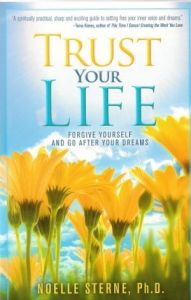
Author, editor, writing coach, and spiritual counselor, Noelle Sterne has published over 300 pieces in print and online venues, including Author Magazine, Chicken Soup for the Soul, Children’s Book Insider, Fiction Southeast, Funds for Writers, Rate Your Story, Romance Writers Report, Transformation Magazine, Unity Magazine, Women in Higher Education, The Writer, and Writer’s Digest. With a Ph.D. from Columbia University, for over 28 years Noelle has assisted doctoral candidates in finishing their dissertations (finally). Based on her practice, she is completing a handbook addressing doctoral students’ largely overlooked but equally important nonacademic difficulties. The book is titled Challenges in Writing Your Dissertation: Coping with the Emotional, Interpersonal, and Spiritual Struggles (Rowman & Littlefield Education, 2015). In Noelle’s book Trust Your Life: Forgive Yourself and Go After Your Dreams (Unity Books, 2011), she draws examples from her academic consulting, writing, and other aspects of life to help readers release regrets, relabel their past, and reach their lifelong yearnings. Visit Noelle at Trust Your Life: Forgive Yourself and Go After Your Dreams
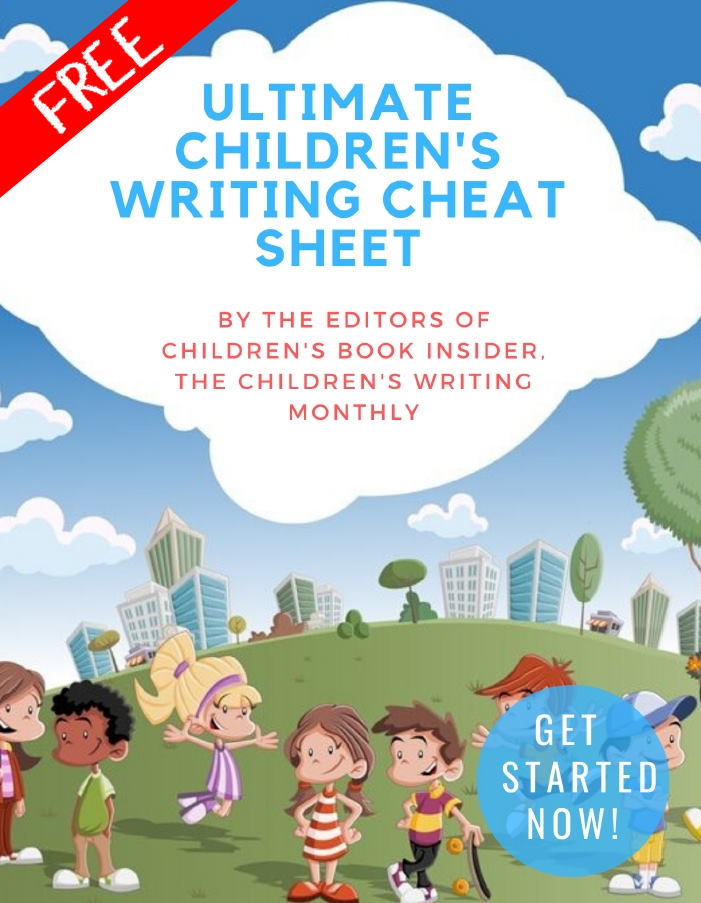
✏ Word Counts & Age Groups for Every Kidlit Category
✏ FAQs, Glossaries and Reading Lists
✏ Category-specific Tips, from Picture Books Through Young Adult Novels
✏ 5 Easy Ways to Improve Your Manuscript
✏ Writing For Magazines …and more!
This is a gift from the editors of Children’s Book Insider, and there’s no cost or obligation of any kind.
We will never spam you or share your personal information with anyone. Promise!
